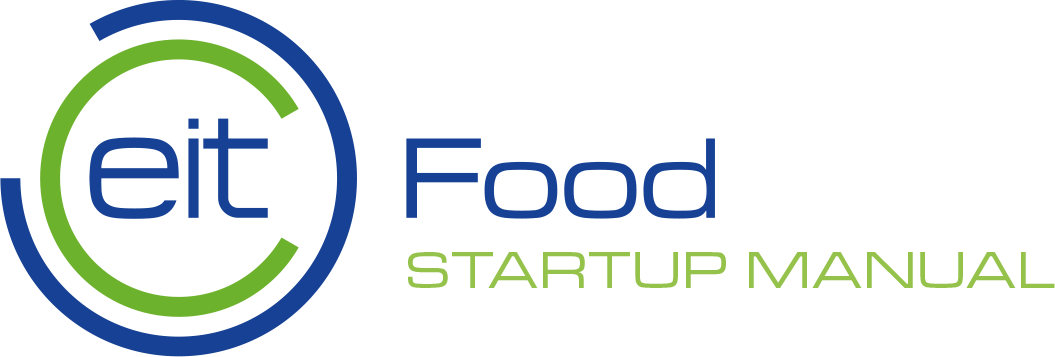Module 6 - Making it Happen
5. Managing cashflow and accounting
Cashflow is the net amount of money coming in and out of your business over a period.Managing cashflow is imperative to your business and without positive cashflow your business won’t exist. To highlight the point, the vast majority of businesses fail because of cashflow issues. You can have profitable sales and still go under if you’re not managing your cashflow correctly. Proper accounting is imperative to managing cashflow correctly and in helping you make informed business decisions, stay legally compliant and meeting investor reporting requirements.

In this section, we will look at: maintaining a financial plan/forecast, getting money in and managing money going out as well as good accounting/bookkeeping practices.
Maintaining a financial plan
As part of your business plan, you will have created a financial plan that incorporates a profit and loss overview and a cashflow statement. These should be living documents that are updated every month based on actual performance. You should look at actuals v budget (sales you achieved, expenditure you have committed to, money received and paid out) as well as update future expectations based on updated sales and expenditure forecasts. Without an up to date understanding of your financial position, you are depriving yourself of an important tool needed to manage your business effectively.
Managing incomings and outgoings
Focus on getting paid. Lots of businesses work hard on getting a sale and then don’t chase the money they are owed. The unfortunate reality is that a lot of businesses are deliberately bad at paying their suppliers. Make sure they know that you are a supplier that expects prompt payment by chasing them once an account is overdue. When agreeing business terms with your customer/client, try and negotiate favourable payment terms whereby you are paid quickly after the sale is completed.
Set yourself up so that it is easy for people to make payments. You will need a business bank account. Large customers working with reoccurring orders may require you to set up an EDI (Electronic Data Interchange) system with them so that they can automate the process. If you are focusing on end consumers, look at creating a PayPal account, getting a mobile payment system and setting up simple online payment systems for your web-shop. You don’t want to win a sale only for a customer to back out because the payment system is too complicated.
Don’t part with money unless you have a good reason for it and know how it will directly support your business. Consider the gross profit on your product or service and then workout how many units you need to sell in order to cover the expenditure. People will take your money much faster than they will give you theirs… Your major expenses are likely to be direct costs (costs of providing goods or services), staff costs, capital costs, R&D expenditure, marketing activities, external services and rent. There is an opportunity cost to your purchase, when you spend your money on one thing, you can’t spend it on another. Spend your money wisely.
Accounting
Managing cashflow is closely aligned to good accounting and bookkeeping. Excel spreadsheets are ok for
a short period of time, but you’ll quickly need to move to professional software and get an accountant/bookkeeper in place. Having a good handle on your finances and good financial processes in place will help you make better decisions, ensure you are on top of your finances and compliant with reporting requirements and taxation. Things you’ll need to do:
Track all sales (raising invoices) and commitments on expenditure (raising purchase orders)
- Track all money in and out of the accounts
- Ensure that you’ve received payments due and paid invoices owed
- Tax compliance, including VAT, corporation tax and all other relevant taxes
- Payroll
- Quarterly and annual reporting (statutory, investors, stakeholders, etc.)

